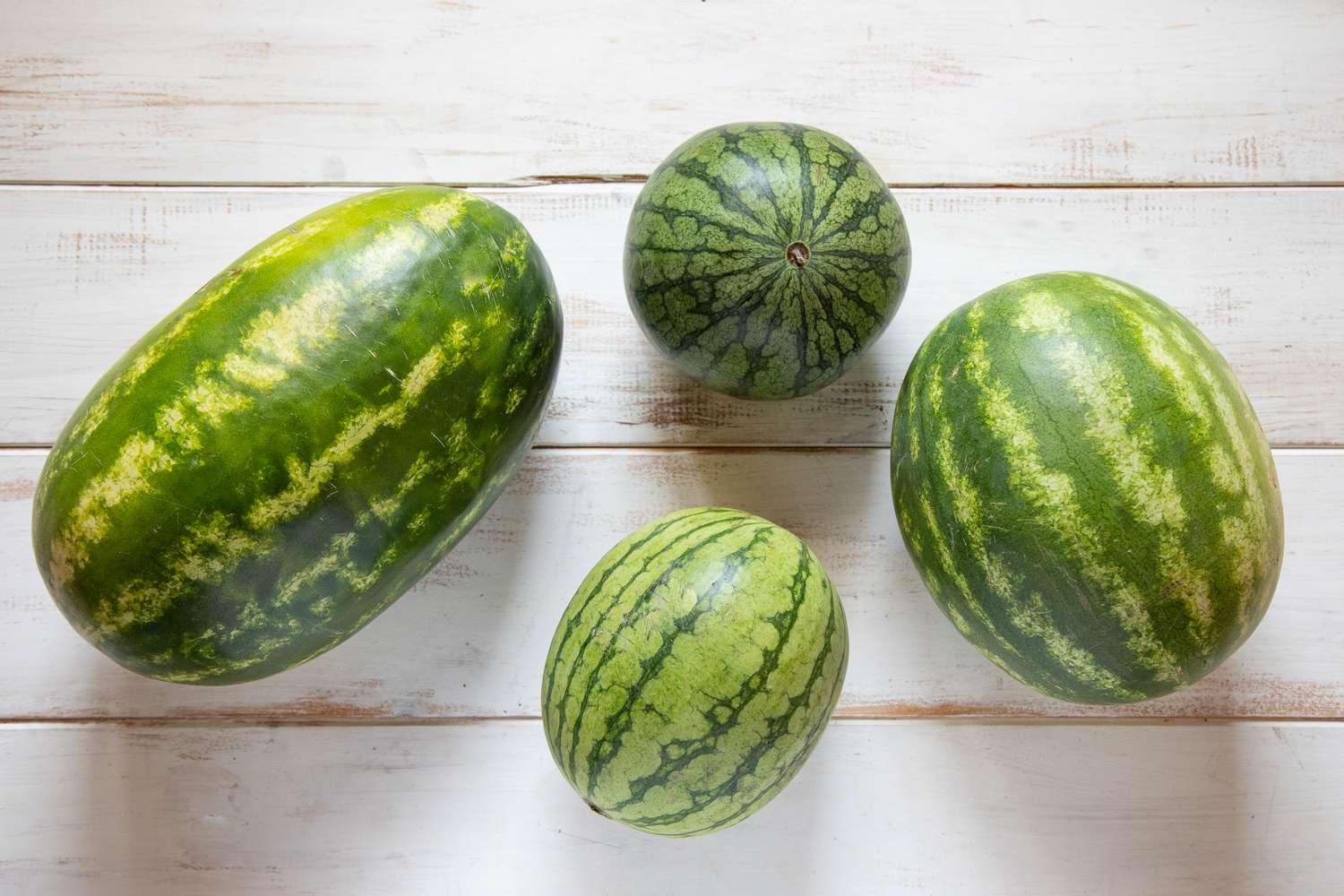

Articles
How To Store Watermelon After Harvest
Modified: February 18, 2024
Learn the best methods to store watermelon after harvest in this informative article. Discover expert tips and tricks to keep your watermelon fresh and delicious for longer.
(Many of the links in this article redirect to a specific reviewed product. Your purchase of these products through affiliate links helps to generate commission for Storables.com, at no extra cost. Learn more)
Introduction
Watermelon is a delicious and refreshing fruit that is synonymous with summer. Its juicy flesh and sweet taste make it a popular choice for picnics, barbecues, and summertime desserts. However, what do you do when you have an abundance of watermelon and want to save it for later? Properly storing watermelon after harvest is key to maintaining its flavor and quality for an extended period of time.
In this article, we will explore the best practices for harvesting watermelon and the steps to prepare it for storage. We will also discuss the various methods of storing watermelon, including refrigeration and room temperature storage. Additionally, we will share tips for prolonging the shelf life of watermelon and debunk some common storage myths.
Whether you have a garden full of ripe watermelons or have purchased a large quantity from a local farmer’s market, this article will provide you with the information you need to store watermelon properly and enjoy it long after the summer season has ended.
Key Takeaways:
- Harvest watermelon at peak ripeness by observing signs, thump testing, and checking the tendril. Properly prepare and store it in the refrigerator or at room temperature to enjoy its freshness for an extended period.
- Debunk common watermelon storage myths and follow best practices to prolong its shelf life. Handle with care, avoid cutting until ready to consume, and consider freezing for future use.
Read more: How To Store Corn After Harvest
Best Practices for Harvesting Watermelon
Harvesting watermelon at the right time is crucial to ensure optimal flavor and sweetness. Here are some best practices to follow when harvesting watermelon:
- Observe the Signs of Ripeness: Look for several signs that indicate watermelon is ripe. These include a dull or matte appearance on the surface, a yellow or cream-colored underside where the fruit touches the ground, and a firm rind that resists pressure.
- Check the “Thump” Test: Give the watermelon a gentle tap with your palm. If it produces a deep, hollow sound, it is likely ripe. If the sound is dull or flat, it may need more time to ripen.
- Examine the Tendril: Look for the tendril, or curly vine, closest to the fruit’s stem. If it is brown and dry, it is a good indication that the watermelon is ready to be harvested.
- Weigh the Watermelon: Assess the weight of the watermelon. Ripe watermelons generally feel heavy for their size due to their high water content.
- Avoid Overripeness: Be mindful not to leave the watermelon on the vine for too long, as it can become overripe and lose its flavor. It is better to err on the side of slightly underripe when harvesting.
By following these best practices, you can ensure that you harvest watermelon at its peak flavor, resulting in a juicy and delicious fruit that is ready for consumption or storage.
Steps to Prepare Watermelon for Storage
Properly preparing watermelon for storage is essential to maintain its freshness and quality. Follow these steps to ensure you are storing watermelon in the best possible condition:
- Wash the Watermelon: Start by rinsing the watermelon under cool running water to remove any dirt or debris from the surface.
- Dry the Watermelon: Use a clean towel to pat the watermelon dry. Any excess moisture can promote the growth of mold or bacteria during storage.
- Trim the Stem: Use a sharp knife to remove the stem, leaving a flat surface. This will prevent the stem from puncturing and damaging the fruit during storage.
- Cut into Portions: If you have a large watermelon, consider cutting it into smaller portions for easier storage. Slice the watermelon into wedges or cubes, removing the rind and seeds if desired.
- Place in Airtight Containers: Transfer the watermelon portions into airtight containers or sealable plastic bags. This will help prevent the fruit from drying out and absorbing odors from the surrounding environment.
- Label and Date: If storing multiple containers or bags, label them with the date of storage. This will help you keep track of the freshness and avoid consuming watermelon that has been stored for too long.
By following these steps, you can ensure that your harvested watermelon is properly prepared for storage, maximizing its shelf life and maintaining its flavor and juiciness.
Choosing the Right Storage Method
When it comes to storing watermelon, there are two main methods to consider: refrigeration and room temperature storage. Each method has its advantages and considerations, so it’s important to choose the right storage method based on your specific needs and preferences.
Refrigeration: Storing watermelon in the refrigerator is a popular method that helps retain its freshness and crispness. Here are some tips for refrigerating watermelon:
- Temperature: Set your refrigerator to a temperature between 40°F (4°C) and 50°F (10°C) to ensure the watermelon stays cool without freezing.
- Container: Place the prepared watermelon portions in airtight containers or sealable bags. This will help protect the fruit from absorbing unwanted odors and prevent it from drying out.
- Location: Store the watermelon in the refrigerator’s crisper drawer or a dedicated shelf with enough space to avoid overcrowding. Avoid placing it near foods with strong odors, as watermelon can easily absorb odors from its surroundings.
- Duration: Refrigerated watermelon can typically stay fresh for up to 5-7 days. However, its quality and juiciness may start to decline over time, so it’s best to consume it as soon as possible.
Room Temperature Storage: If you prefer a conventional approach, you can store watermelon at room temperature. However, this method is less common and has a shorter shelf life. Here are some considerations for storing watermelon at room temperature:
- Location: Find a cool, dry spot away from direct sunlight and heat sources for storing the watermelon. A pantry or basement with consistent temperatures around 55°F (13°C) is ideal.
- Container: If you choose to store whole watermelons at room temperature, do not wrap them in plastic or place them in airtight containers. This can trap moisture and lead to rotting. Instead, leave them uncovered or place them on a raised rack to allow air circulation.
- Duration: Watermelon stored at room temperature can last for 2-3 days. However, the warmer environment may cause the fruit to spoil faster, so it’s important to regularly check for signs of spoilage and consume it promptly.
By considering these factors, you can choose the storage method that best suits your needs and ensures that your watermelon remains fresh and enjoyable for as long as possible.
Storing Watermelon in the Refrigerator
Refrigeration is a common and effective method to store watermelon and extend its shelf life. Here are some tips to help you store watermelon in the refrigerator:
- Prepare the Watermelon: Wash the watermelon thoroughly and cut it into manageable portions, such as wedges or cubes.
- Choose Airtight Containers: Transfer the watermelon portions into airtight containers or sealable plastic bags. Make sure the containers are large enough to hold the watermelon without excessive compression.
- Store in the Crisper Drawer: Place the airtight containers in the crisper drawer of your refrigerator. This drawer provides a cool and controlled environment that helps maintain the watermelon’s freshness.
- Avoid Overcrowding: Do not overcrowd the crisper drawer. Give enough space around the containers for air circulation to keep the watermelon cool.
- Keep Away from Strong Odors: Watermelon can easily absorb odors from other foods. Keep it away from strong-smelling items like onions or garlic to preserve its natural flavor.
- Monitor Temperature: Set your refrigerator to a temperature between 40°F (4°C) and 50°F (10°C) to ensure the watermelon remains cool without freezing.
- Check Regularly: Periodically check the stored watermelon for any signs of spoilage, such as mold or an off odor. Remove any spoiled portions to prevent the spread of spoilage to the rest of the fruit.
- Consume Promptly: Refrigerated watermelon can typically stay fresh for 5-7 days. However, its quality and texture may deteriorate over time, so it’s best to consume it as soon as possible to enjoy its optimal flavor.
By following these guidelines, you can store watermelon in the refrigerator and enjoy its refreshing taste for an extended period of time.
After harvesting, store whole watermelons at room temperature for up to 2 weeks. Once cut, store in the refrigerator in an airtight container for up to 4 days.
Read more: How To Store Garlic After Harvest
Storing Watermelon at Room Temperature
While refrigeration is the most common method for storing watermelon, it is possible to store it at room temperature for a short period of time. Here are some considerations for storing watermelon at room temperature:
- Choose Whole Watermelons: When opting for room temperature storage, it is best to store whole watermelons rather than cut portions. Whole watermelons have a thicker rind that helps protect the fruit from dehydration and spoilage.
- Find a Cool, Dry Location: Select a cool and dry spot in your home to store the watermelon. Avoid areas with direct sunlight, excessive heat, or humidity, as these factors can accelerate spoilage.
- Do Not Wrap or Seal: It’s important not to wrap watermelons in plastic or seal them in airtight containers. This can trap moisture and promote the growth of mold or bacteria. Instead, leave the watermelons uncovered or place them on a raised rack to allow air circulation.
- Regularly Inspect for Spoilage: Check the watermelons regularly for any signs of spoilage, such as mold, soft spots, or a funky odor. If you notice any signs of spoilage, discard the watermelon immediately to prevent the spread of spoilage to other fruits or vegetables.
- Consume Within a Few Days: Watermelons stored at room temperature have a shorter shelf life compared to refrigerated ones. They can last for 2-3 days at room temperature. It is advisable to consume the watermelon as soon as possible to enjoy its peak flavor and texture.
It’s important to note that storing watermelon at room temperature increases the risk of spoilage. Therefore, it is recommended to use this method only when refrigeration is not possible and to consume the watermelon promptly to avoid food waste.
By following these guidelines, you can store watermelon at room temperature for a short period of time while maintaining its edible quality. Remember to regularly check for spoilage and consume the fruit promptly to enjoy its optimal taste.
Tips for Prolonging the Shelf Life of Watermelon
To extend the shelf life of watermelon, you can follow these simple tips to ensure the fruit stays fresh and delicious for as long as possible:
- Store in Optimal Conditions: Whether you choose to store watermelon in the refrigerator or at room temperature, make sure to maintain the recommended temperature range and avoid exposure to direct sunlight or excessive heat.
- Handle with Care: Watermelons have a delicate structure and can easily bruise or damage. Avoid rough handling or dropping the fruit, as this can accelerate spoilage.
- Avoid Cutting Until Ready to Consume: The moment a watermelon is cut, its shelf life significantly decreases. To prolong its freshness, refrain from cutting the fruit until you are ready to eat or use it.
- Keep Separate from Ethylene-Producing Fruits: Ethylene gas is produced by certain fruits, such as apples, bananas, and tomatoes, and can speed up ripening and spoilage. Keep watermelon separate from these fruits to prevent premature deterioration.
- Wrap Cut Portions: If you have leftover watermelon, wrap the cut portions tightly in plastic wrap or place them in airtight containers to minimize exposure to air and moisture. This helps maintain the fruit’s texture and limits the growth of bacteria.
- Freezing Option: If you have an abundance of watermelon that you won’t be able to consume in time, consider freezing it. Cut the watermelon into bite-sized chunks, place them on a baking sheet in a single layer, and freeze. Once frozen, transfer the chunks to a freezer-safe bag or container. Frozen watermelon can be a refreshing treat or used as an ingredient in smoothies or sorbets.
- Practice First-In, First-Out (FIFO): If you are storing multiple containers or bags of watermelon, use the FIFO method. Consume the older portions first before moving on to the freshly stored ones to ensure you enjoy the watermelon at its freshest.
These tips will help prolong the shelf life of watermelon and allow you to enjoy the fruit for an extended period. Remember to use your senses to monitor the quality of the watermelon and consume it before signs of spoilage occur.
Popular Watermelon Storage Myths Debunked
There are several myths surrounding the storage of watermelon that have been passed down through generations. Let’s debunk some of these popular myths and separate fact from fiction:
- Myth: Watermelon Should Be Stored on the Counter: Contrary to popular belief, storing watermelon at room temperature can result in faster spoilage. The high water content makes watermelon more susceptible to bacterial growth and mold formation, especially in warm environments.
- Myth: Storing Watermelon with Salt Extends Its Shelf Life: While sprinkling salt on watermelon slices can enhance its flavor, it does not extend the fruit’s shelf life. Salt may draw out some moisture, making the flesh crisper, but it does not prevent spoilage or increase longevity.
- Myth: Tapping the Watermelon Determines Its Ripeness: The common belief that tapping a watermelon and listening for a certain sound can determine its ripeness is not accurate. The sound produced can vary based on various factors, such as the thickness of the rind or the individual’s perception of sound.
- Myth: Unripe Watermelon Can Ripen at Room Temperature: Unlike some fruits, such as bananas or avocados, unripe watermelon does not continue to ripen once harvested. Watermelon should ideally be harvested at its peak ripeness to enjoy the best flavor and texture.
- Myth: Placing Watermelon in the Sun Enhances Ripening: Sun exposure can actually lead to overripening and spoilage of watermelon. It is best to harvest fully ripe watermelon and store it in cool and controlled conditions to retain its quality.
- Myth: Freezing Watermelon Ruins Its Texture: While freezing watermelon can alter its texture, it can be a great way to preserve the fruit for future use. Frozen watermelon is ideal for making smoothies, sorbets, or refreshing frozen treats.
It’s important to separate fact from fiction when it comes to watermelon storage. By understanding the proper methods and debunking these common myths, you can store and enjoy watermelon in the best possible way.
Conclusion
Properly storing watermelon after harvest is essential to maintain its flavor, juiciness, and overall quality. By following the best practices for harvesting watermelon and preparing it for storage, you can ensure that this summertime favorite remains fresh and delicious for an extended period of time.
Choosing the right storage method, whether it be refrigeration or room temperature storage, is important for preserving the watermelon’s freshness. The refrigerator provides a cool and controlled environment that helps retain its flavor and crispness, while room temperature storage can be an option for short-term storage when refrigeration is not available.
There are also several tips and tricks you can utilize to prolong the shelf life of watermelon. Handling the fruit with care, avoiding cutting it until ready to consume, and keeping it away from ethylene-producing fruits are all practices that can help extend its freshness. Additionally, properly wrapping and freezing watermelon can be a great way to preserve it for later use.
Lastly, it’s important to debunk popular watermelon storage myths to ensure that you are storing and enjoying this fruit in the most optimal way. Understanding the realities of proper watermelon storage can help dispel inaccurate information and allow you to make informed decisions about handling and storing your watermelon.
Whether you’re enjoying watermelon in the peak of summer or storing the fruit for future enjoyment, following these guidelines will help you make the most of this refreshing and delicious fruit. Remember to savor the flavors, and enjoy the sweetness that watermelon brings to your summer days!
Frequently Asked Questions about How To Store Watermelon After Harvest
Was this page helpful?
At Storables.com, we guarantee accurate and reliable information. Our content, validated by Expert Board Contributors, is crafted following stringent Editorial Policies. We're committed to providing you with well-researched, expert-backed insights for all your informational needs.
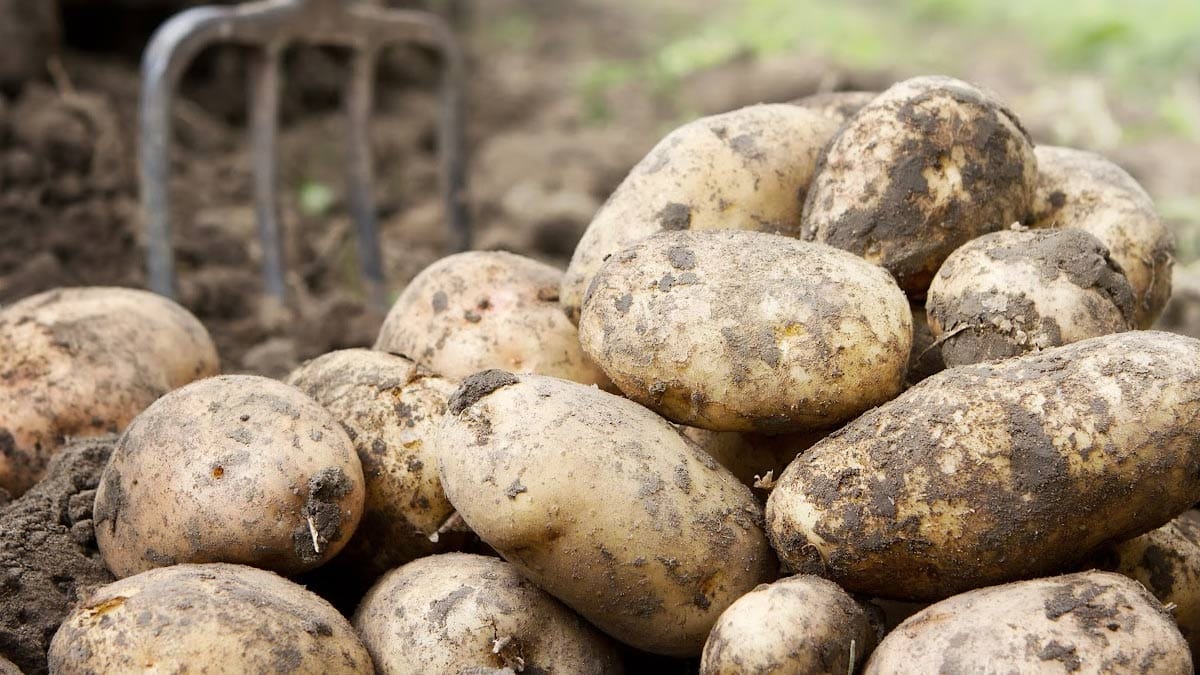
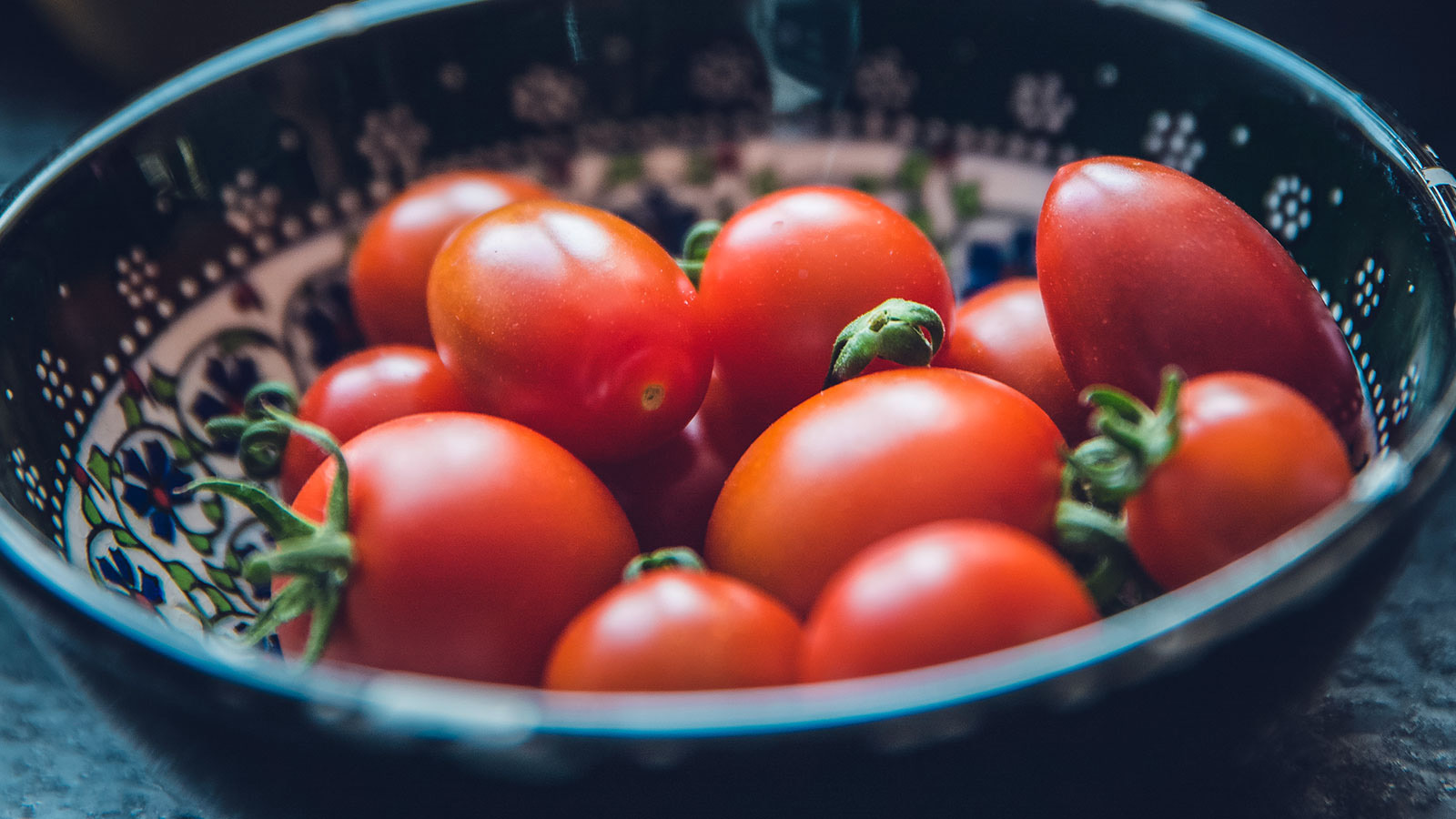
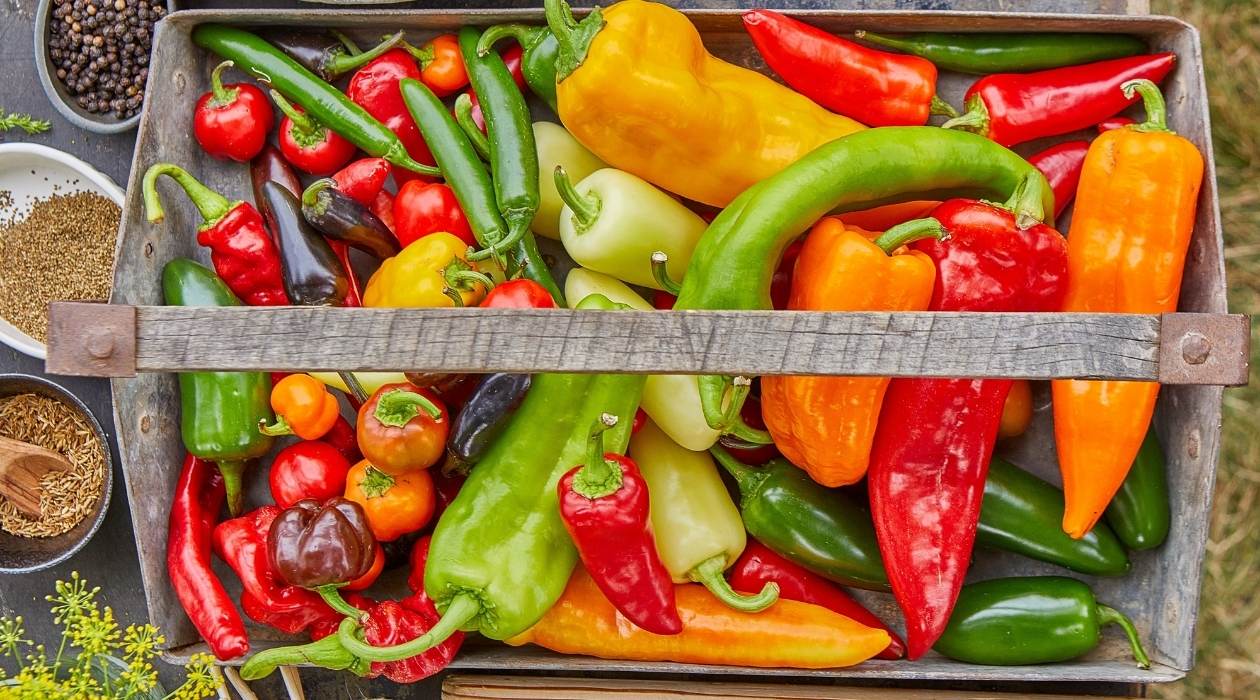
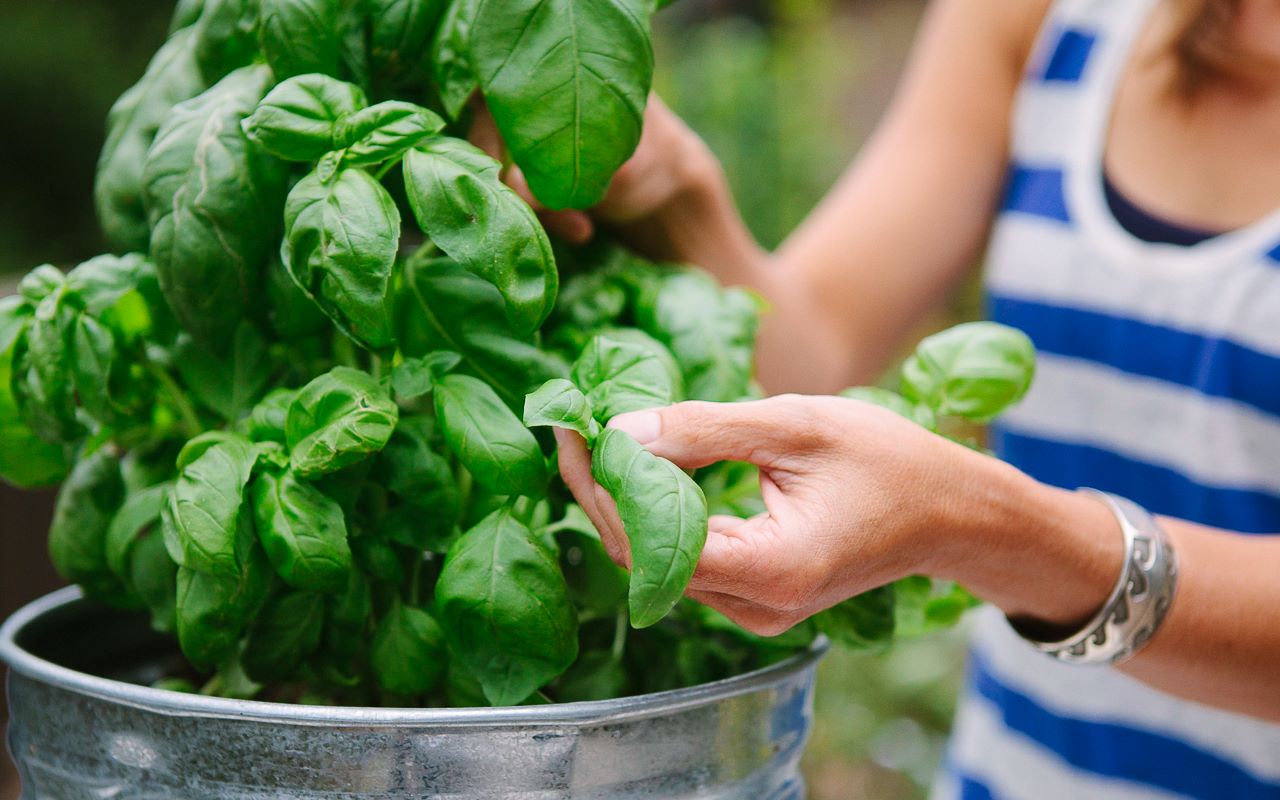
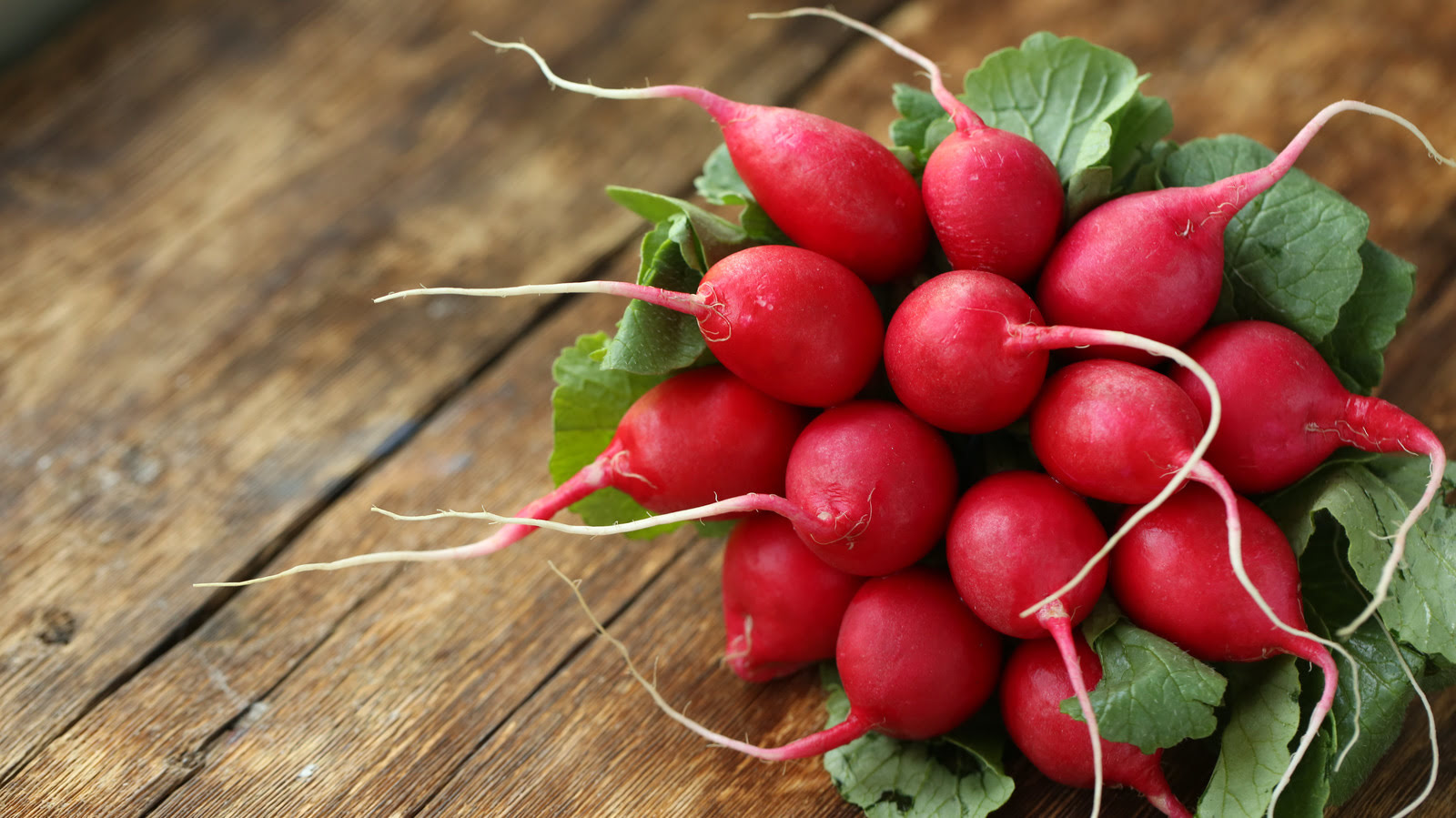
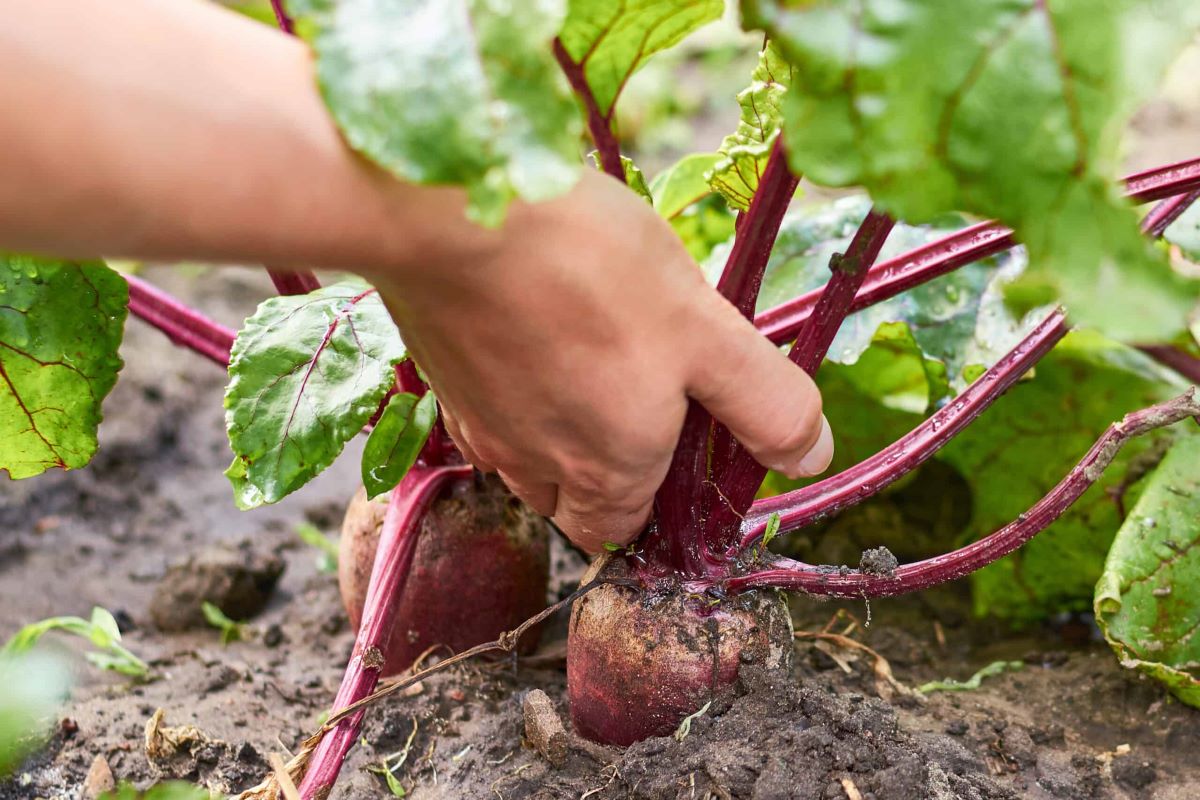
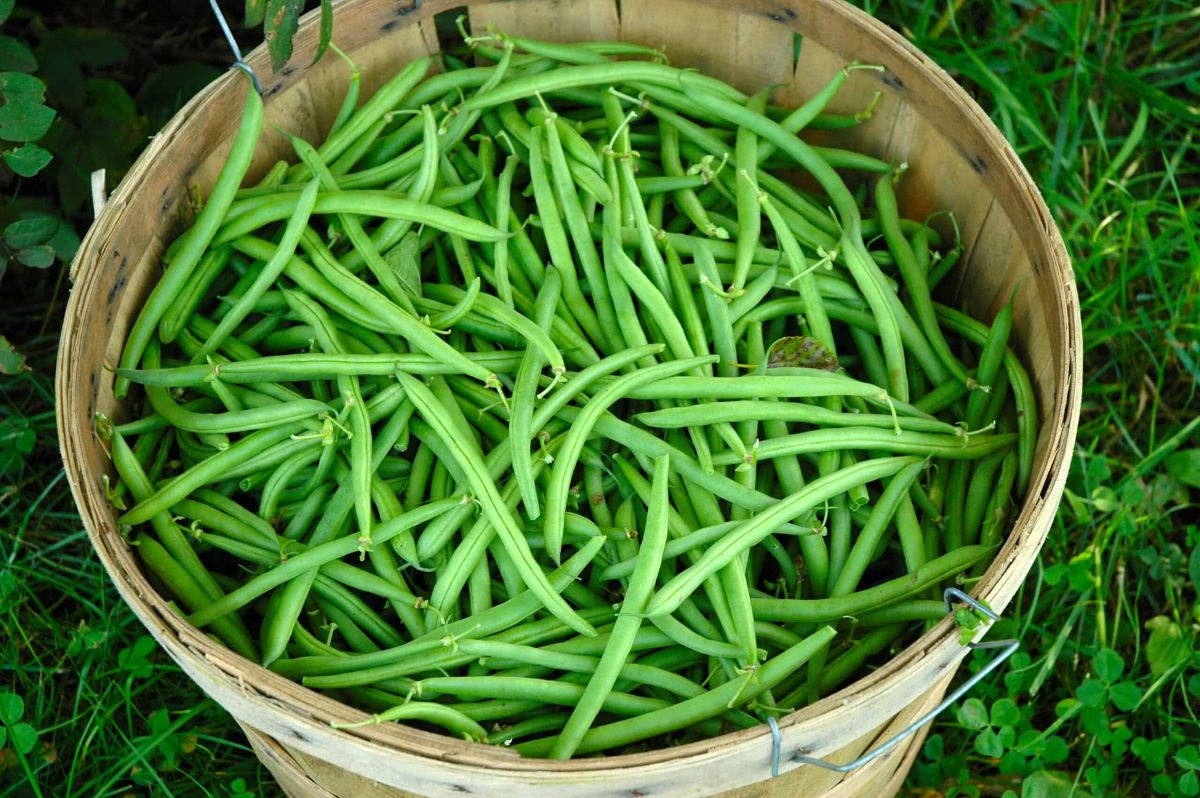
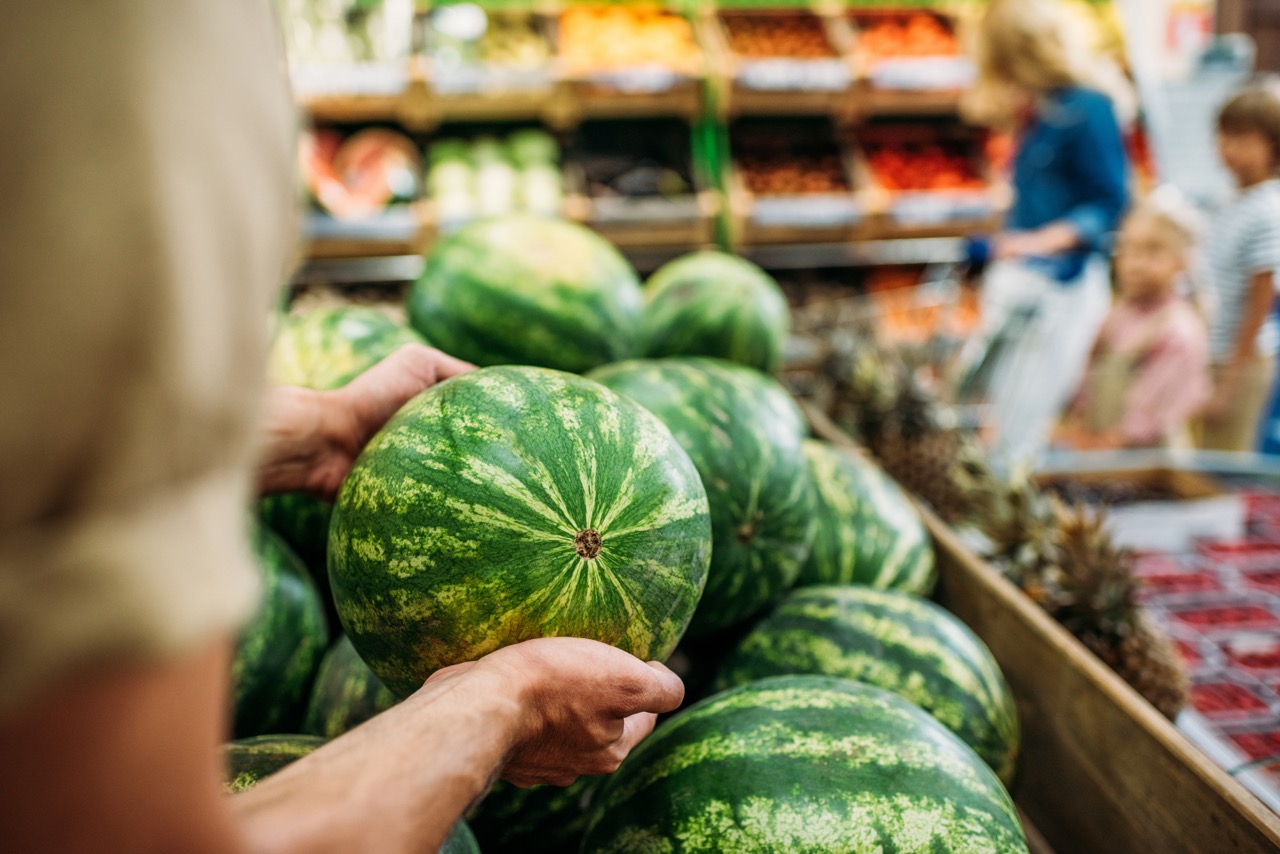
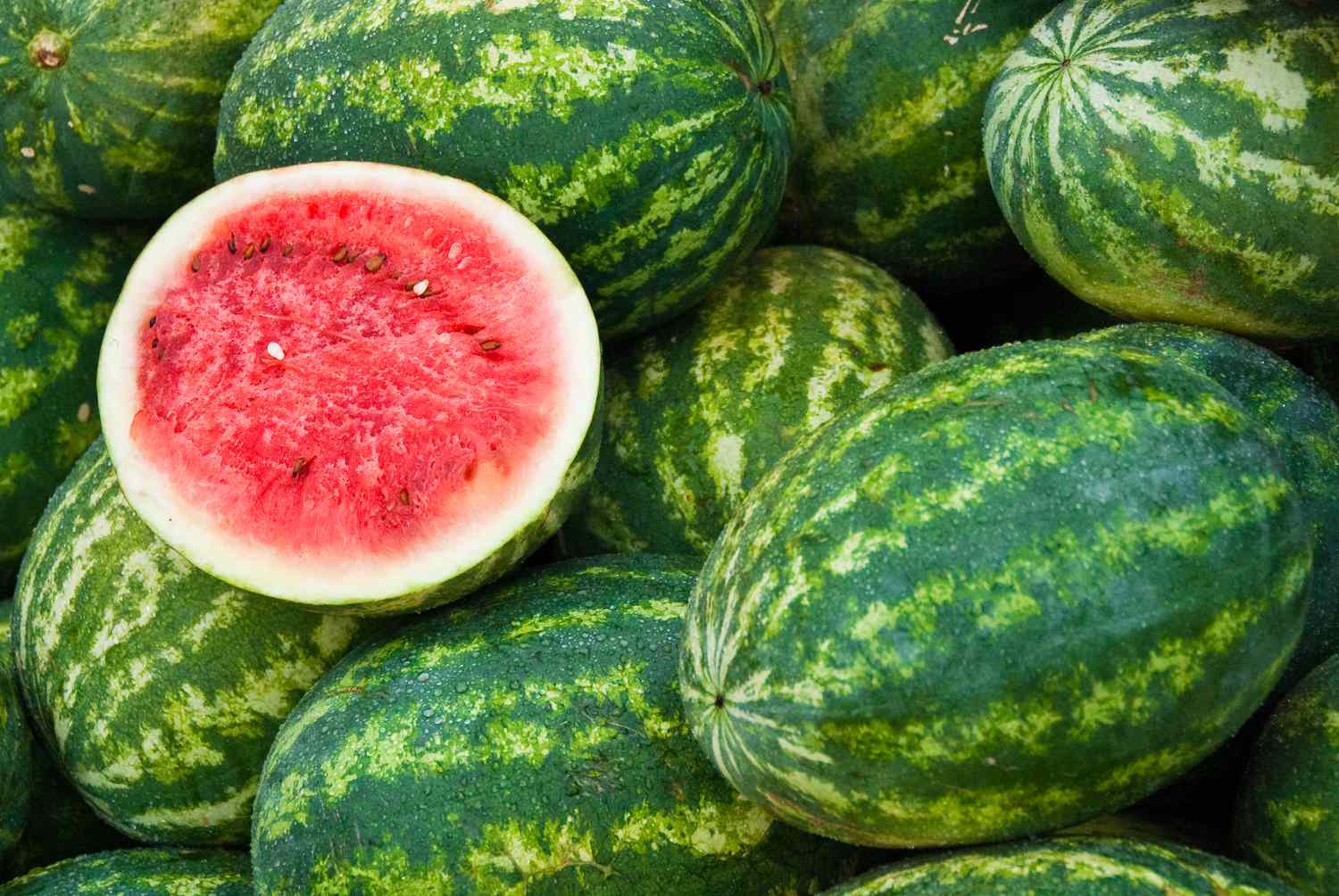
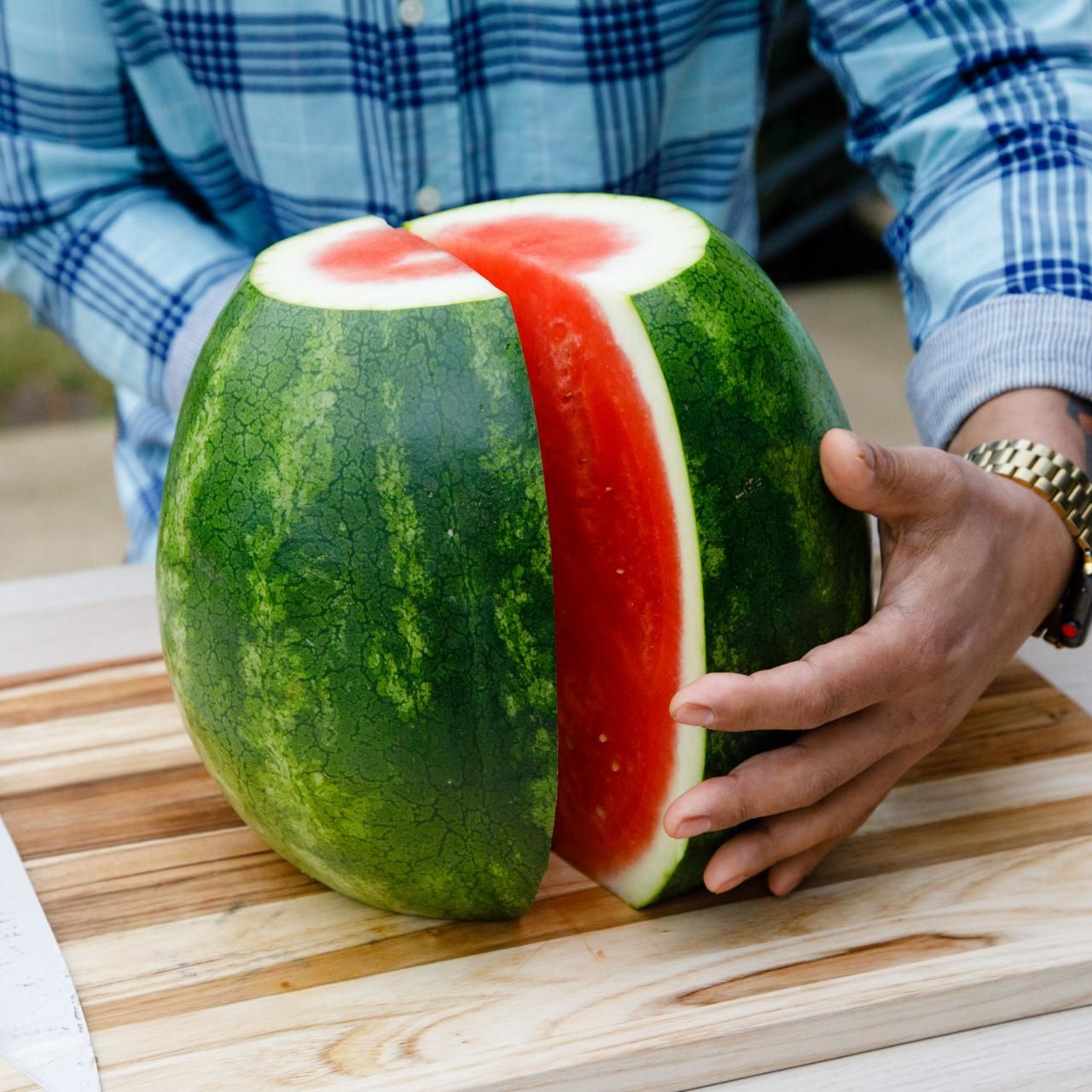
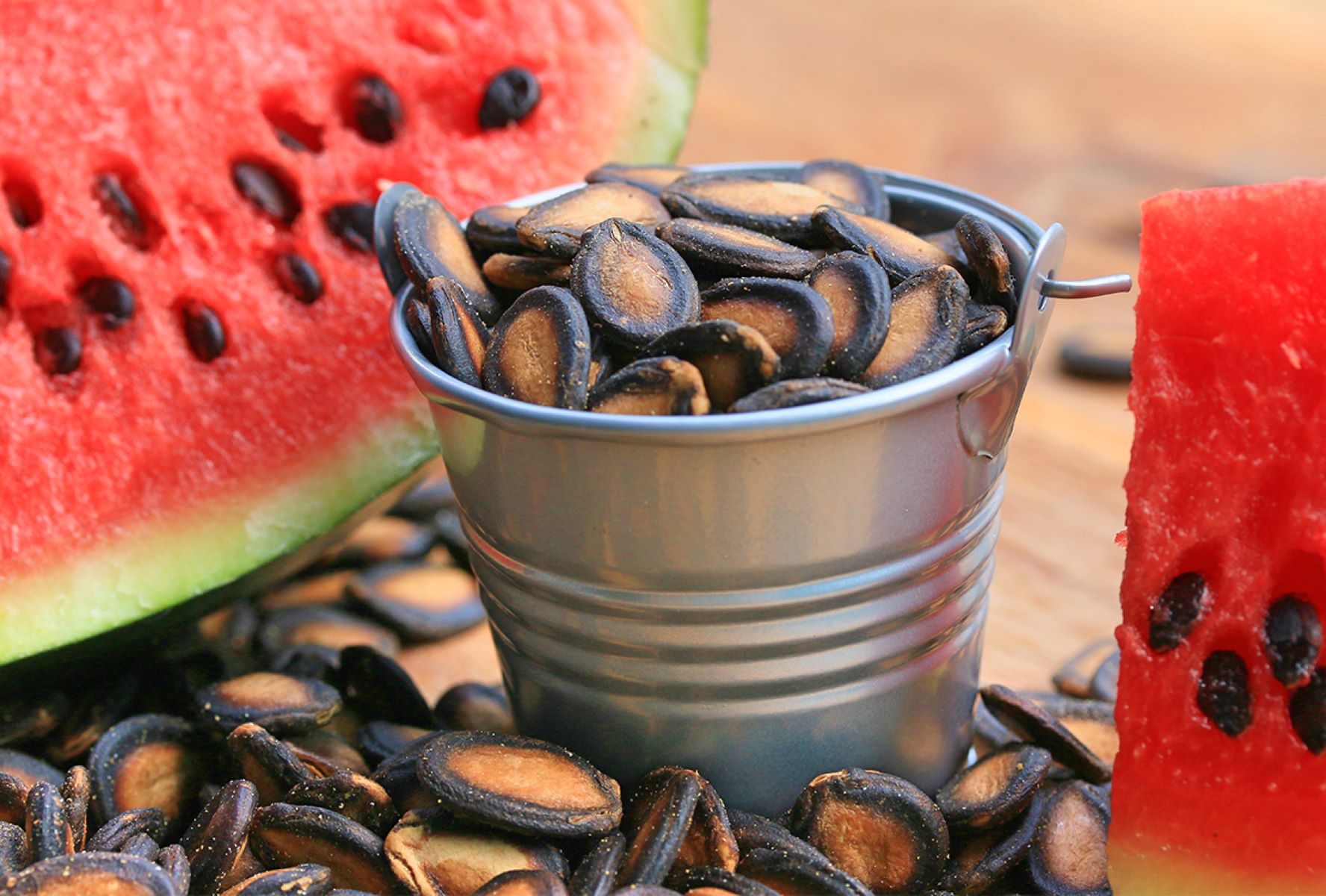
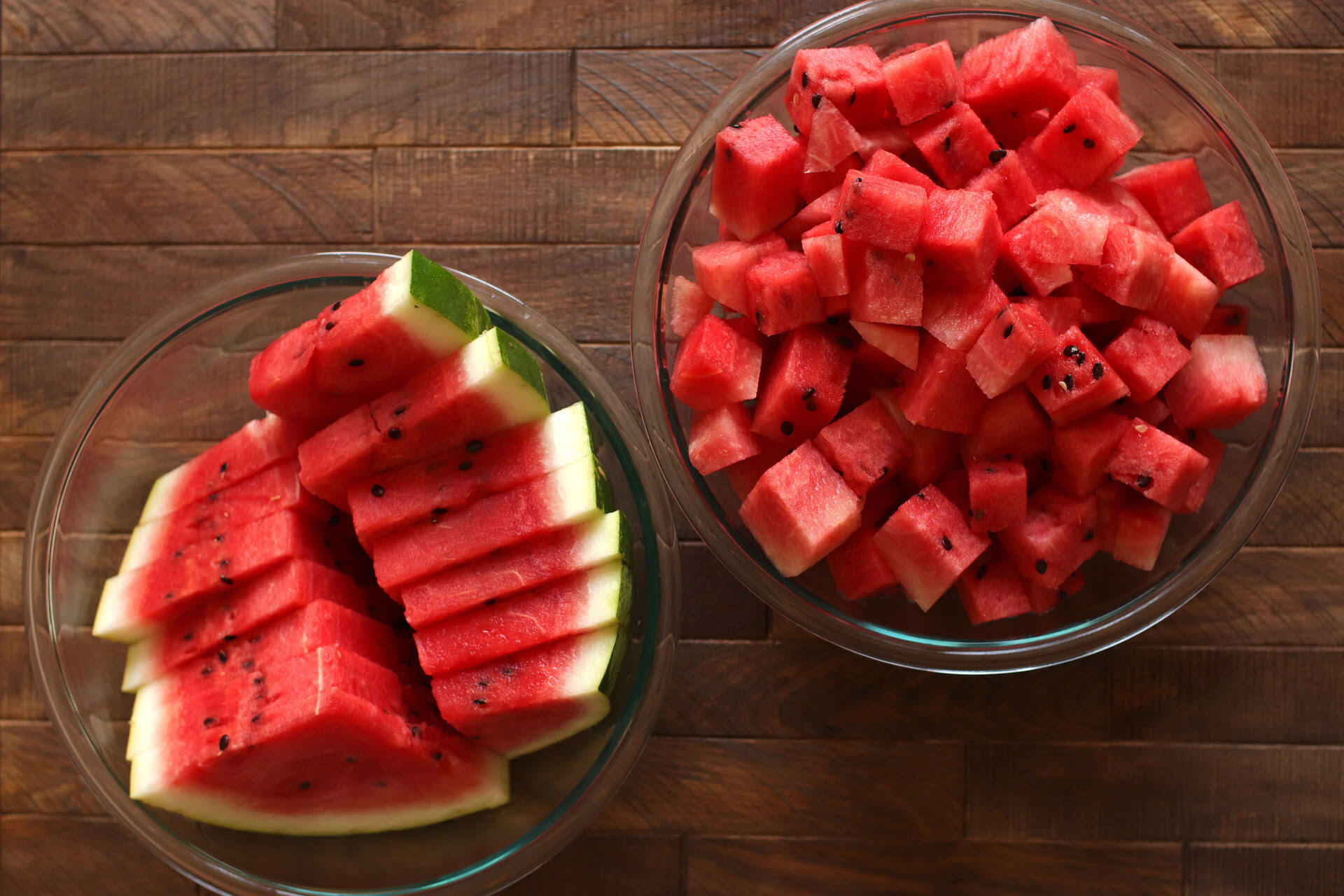
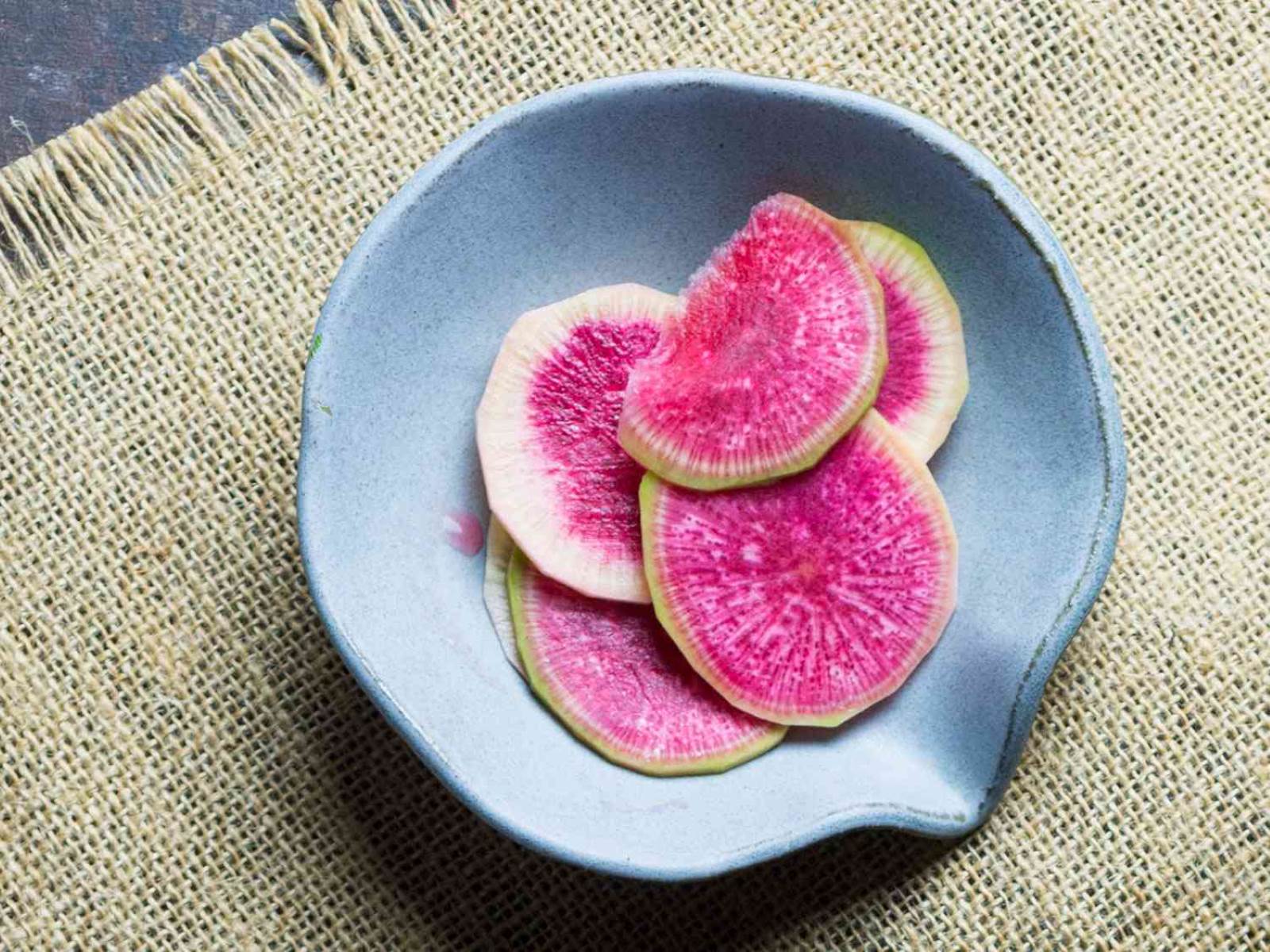
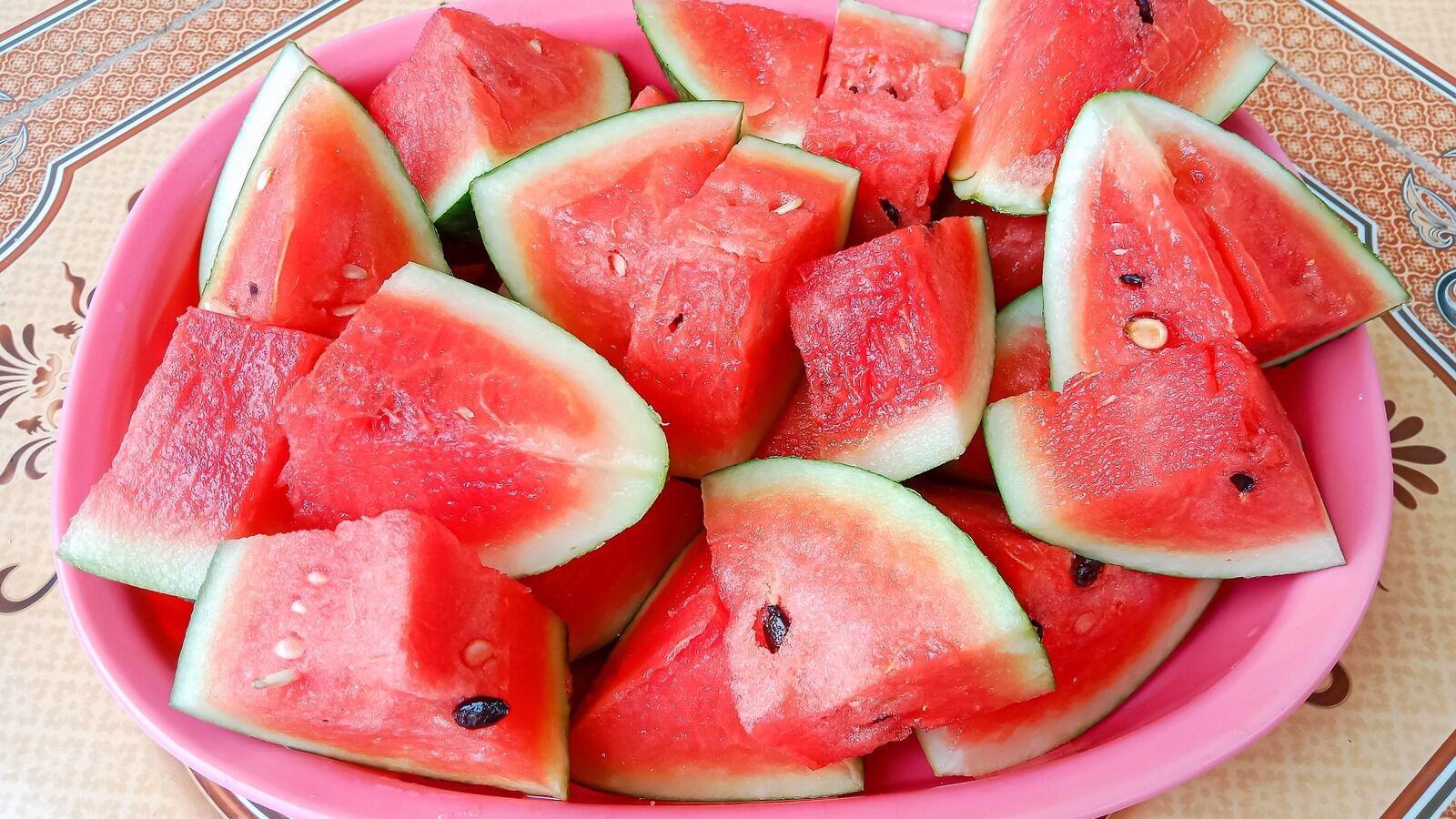

0 thoughts on “How To Store Watermelon After Harvest”